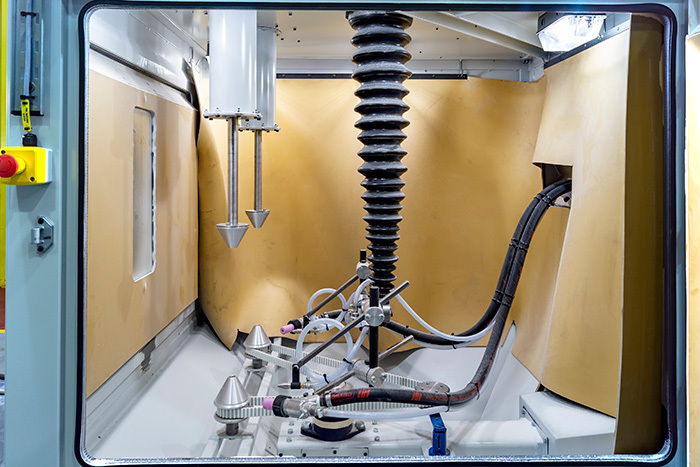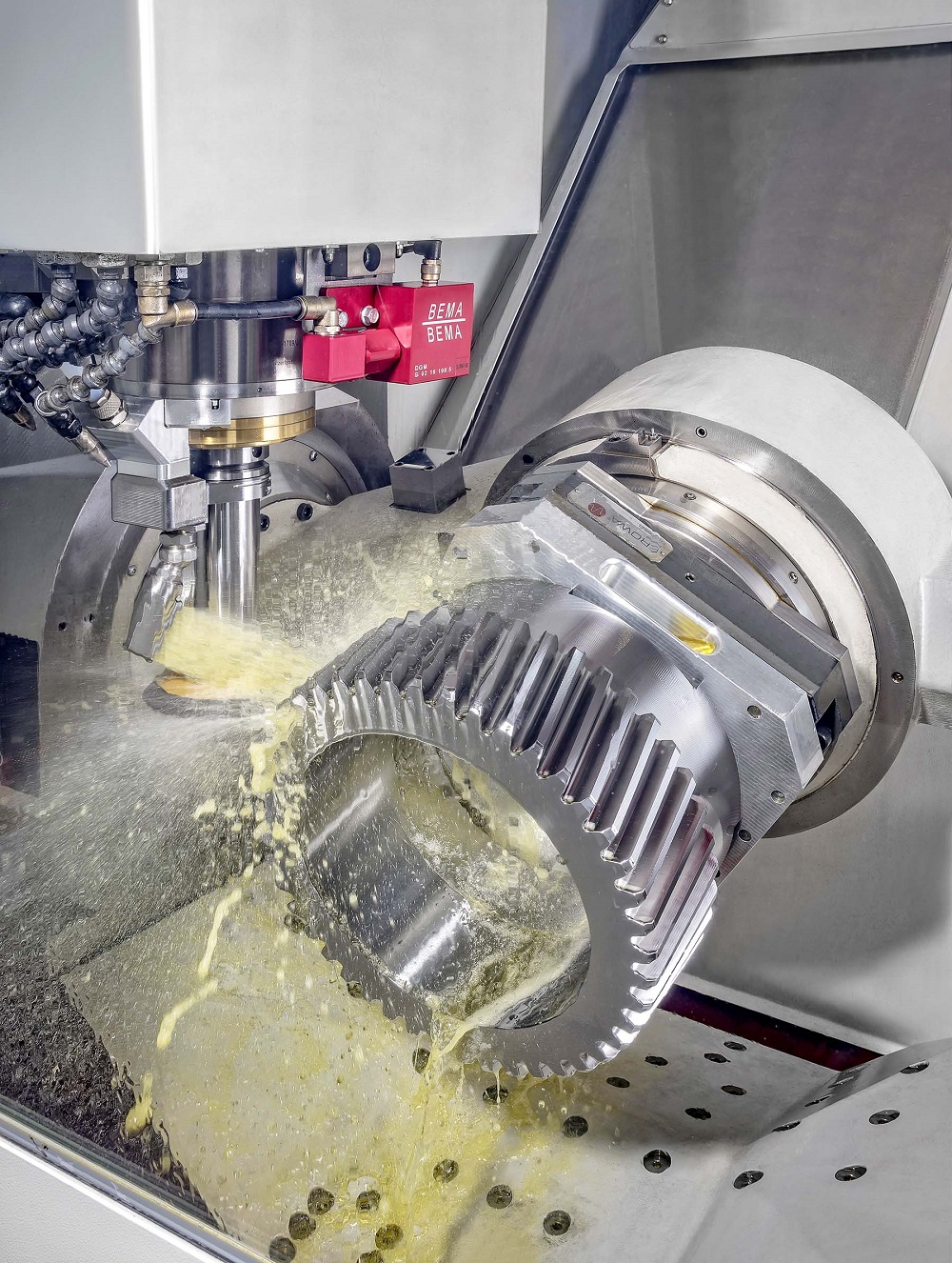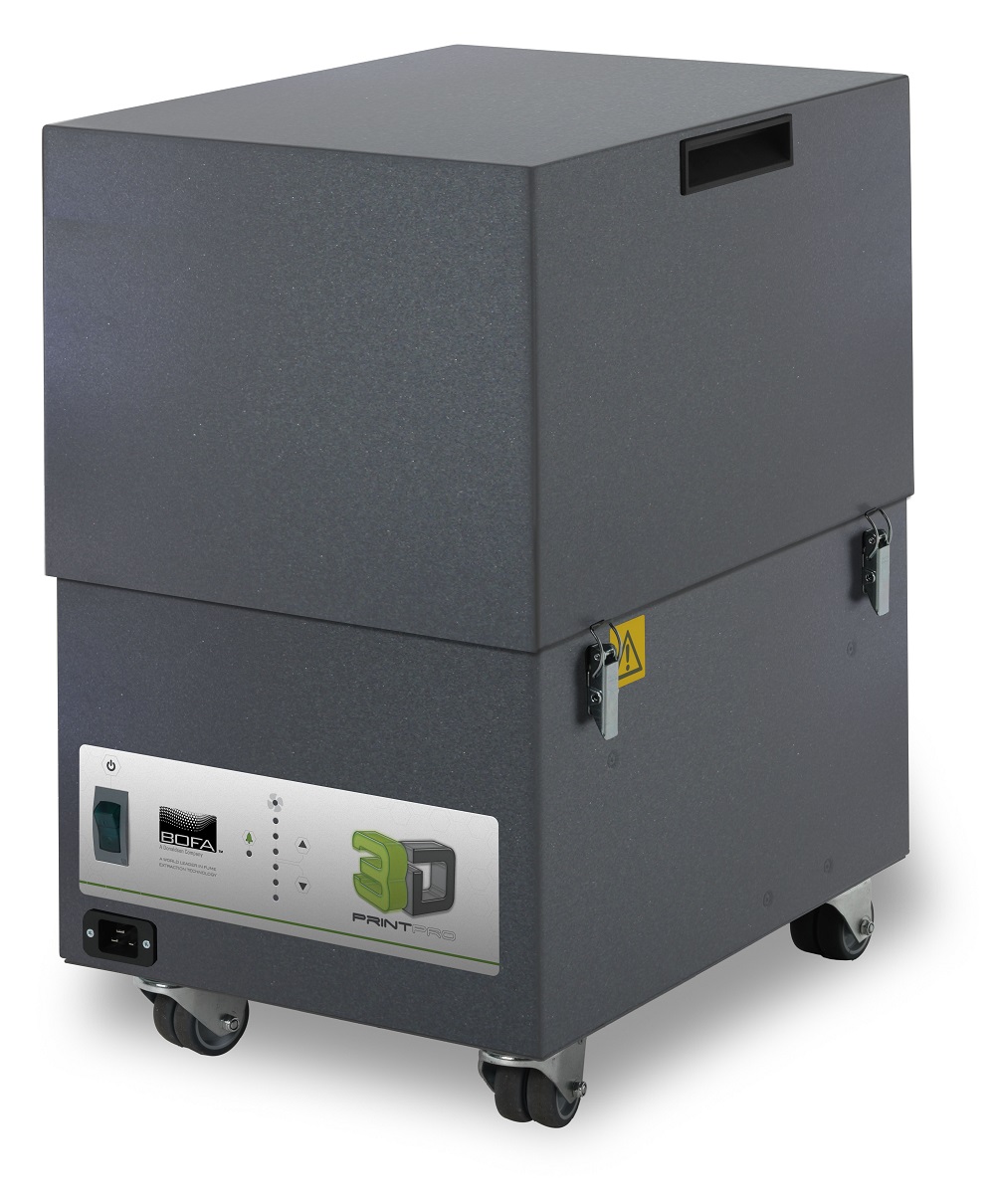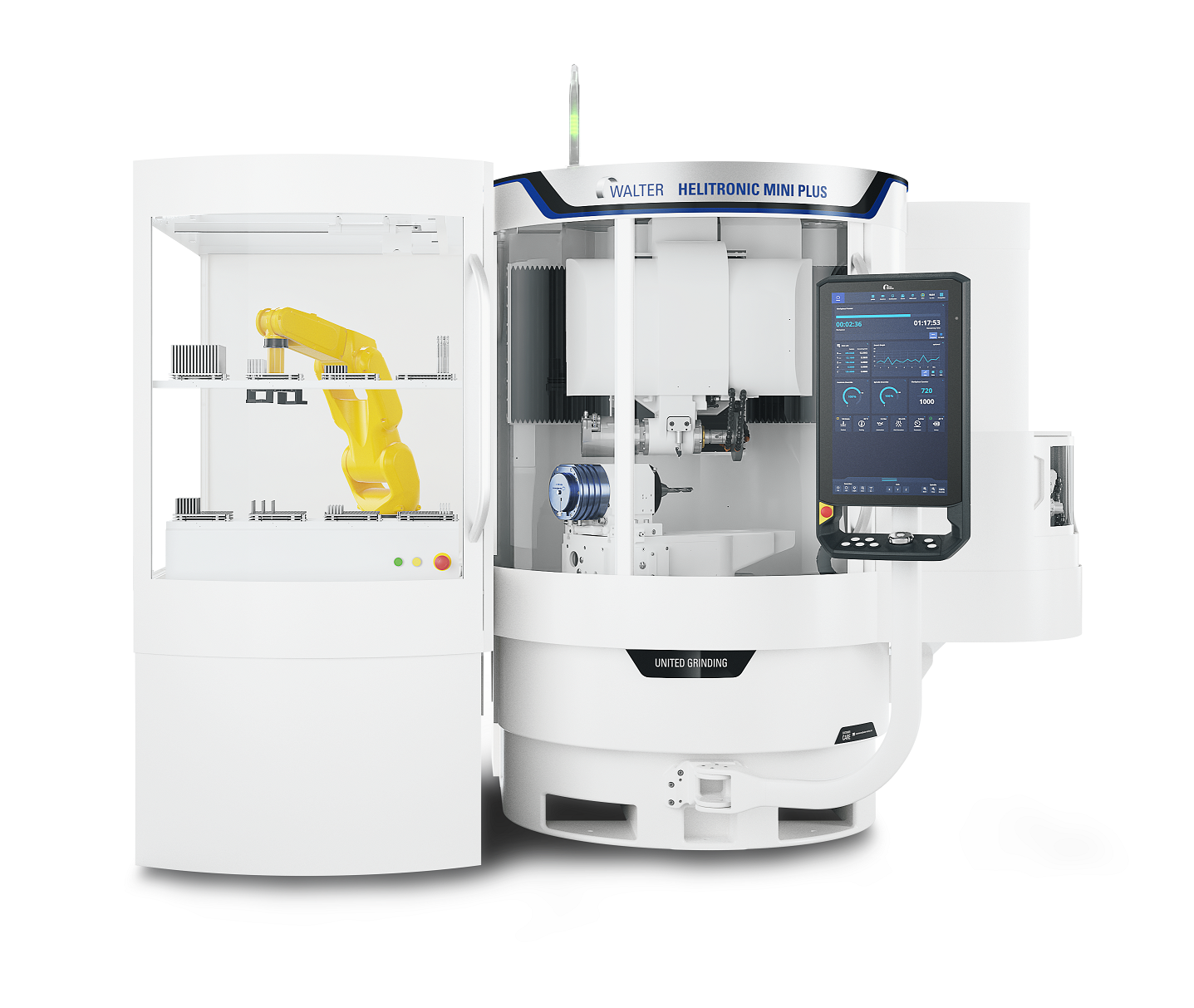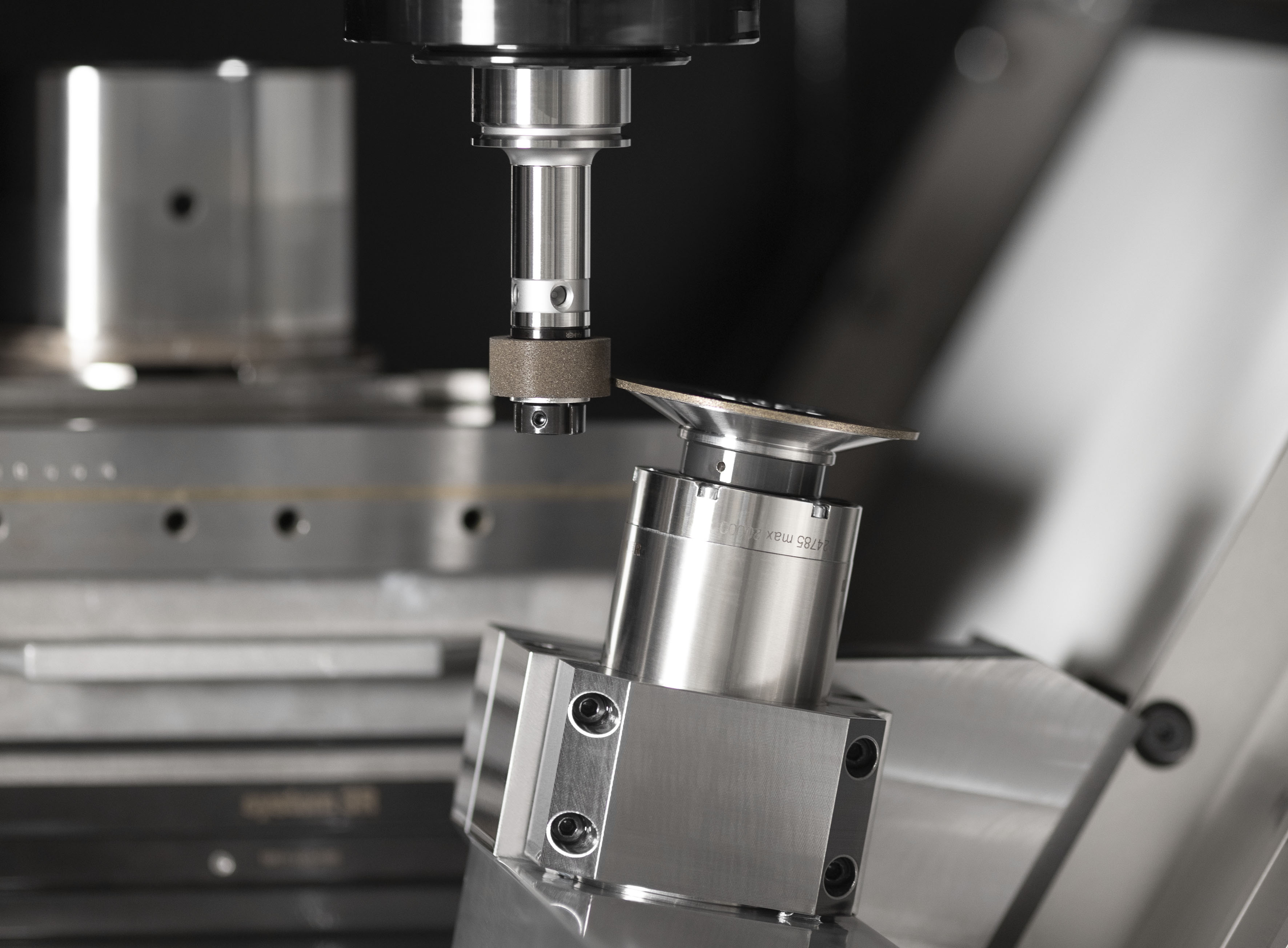Guyson International, a UK manufacturer of industrial finishing equipment, has recently manufactured and installed into a UK manufacturing company an automated Multiblast RSB twin-spindle blast system for the external blast etching of various tubular components. The new system incorporates two rotating blast stations with matching top clamps to hold the product securely, while two vertically traversing blast guns produce a uniform blast etch finish over the length of the parts.
Twin spindles in combination with the top clamp design provide optimal manual process capacity with an operator able to load and unload two components simultaneously. Once the safety-interlocked front door is opened, the operator simply centres the components between two pairs of conical spring-loaded clamps for processing.
A roof-mounted servo drive vertically raises and lowers the twin Guyson Model 900 blast guns, with blasting taking place on the upward vertical traverse, while a compressed air-wash to remove any residual surface dust or blast media activates on the downward stroke. The servo drive facilitates the programming of different speeds for the blast and air-wash phases of the program, delivering greater productivity and shorter cycle times.
The blast system is fitted with a large front opening door allowing easy component loading, while a side door provides further access for maintenance and adjustment purposes. Interior lighting permits a clear view of the blast etching operation.
After blasting, a Guyson CY600/12 cyclone reclamatorextracts the used blast media. This operation separates the reusable blast media from the dust, blast debris and undersized media, reducing the possibility of contamination in the blast media which could reduce the consistency of the surface finish. A Guyson model C800 twin cartridge dust collector completes the system.
For further information www.guyson.co.uk






